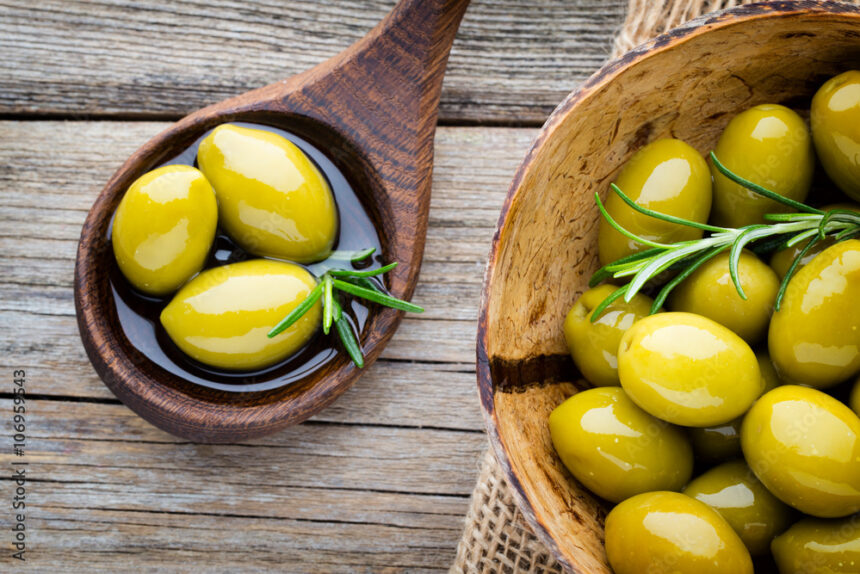The olive fly (Bactrocera oleae) is a common pest that affects olive trees and can cause significant damage to the fruit. Here are some symptoms to look out for in olives that may indicate the presence of olive fly infestation:
- Punctured skin: Olive flies lay their eggs in the olive fruit, and the female makes a tiny puncture in the skin to deposit the eggs. These puncture marks are often visible on the surface of the olives.
- Discoloration: Infested olives may develop patches of discoloration, usually starting as yellow or brown spots. The affected areas can gradually darken, turning black or brown.
- Larval tunnels: As the eggs hatch, the olive fly larvae burrow into the fruit, creating tunnels or galleries. These tunnels are visible when you cut open an infested olive, and you may find the white or yellowish larvae inside.
- Premature ripening: Infested olives often ripen earlier than healthy ones. They may change color and become fully ripe while still relatively small in size.
- Softening and shriveling: Infested olives can become soft, mushy, or shriveled due to the feeding activities of the larvae inside the fruit. They may also show signs of rot or decay.
- Increased susceptibility to secondary infections: The punctures made by the olive flies can provide entry points for other pathogens, such as bacteria or fungi, leading to additional infections and further deterioration of the fruit.
It’s important to note that the presence of these symptoms does not necessarily mean there is an olive fly infestation. Other factors like weather conditions, diseases, or pests can cause similar symptoms. If you suspect an olive fly infestation, it’s advisable to consult with a local agricultural extension service or a professional olive grower for accurate identification and appropriate control measures.
Join 'Farmers Mag' WhatsApp Channel
Get the latest Farming news and tips delivered straight to your WhatsApp
CLICK HERE TO JOIN






